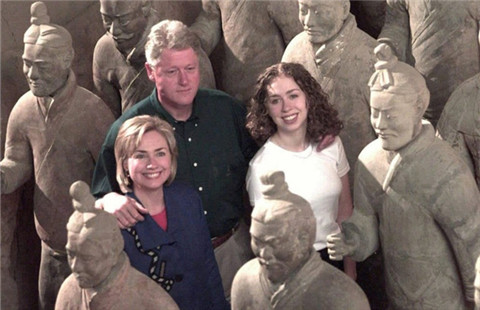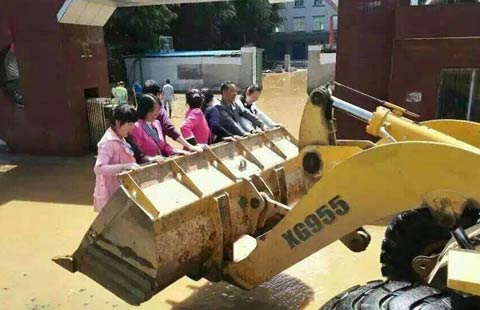
 |
|
Emergency workers and Amtrak personnel inspect a derailed Amtrak train in Philadelphia, Pennsylvania May 13, 2015. [Photo/Agencies] |
PHILADELPHIA - An Amtrak train that derailed in Philadelphia, killing seven people, was barreling into a curved stretch of track at 100 miles per hour, over twice the speed limit, when the engineer slammed on the brakes, US investigators said on Wednesday.
While the cause of Tuesday night's crash that injured more than 200 people remains to be determined, experts from the National Transportation Safety Board (NTSB) believe the derailment would have been prevented by installation of an advanced safety system called "positive train control," NTSB board member Robert Sumwalt said.
The engineer of the New York City-bound passenger train fully applied the locomotive's emergency braking system as it entered the left-hand curve in the rail line, where the maximum allowed speed is 50 miles per hour (80 km per hour), Sumwalt told a news conference hours after the NTSB began its probe.
But the brakes managed to only slightly slow the train from 106 mph (171 kph) to 102 mph in the few seconds before the locomotive and all seven passenger cars derailed, he said.
Asked how long it should take to slow a train moving that fast to the posted speed, Sumwalt said, "He was already in the curve at that point. You're supposed to enter the curve at 50 miles per hour."
Philadelphia Mayor Michael Nutter reacted with dismay to the disclosure, calling it "astounding, devastating."
"One-hundred, six miles per hour in a 50 mile-per-hour zone ... that's just insane," the mayor said.








